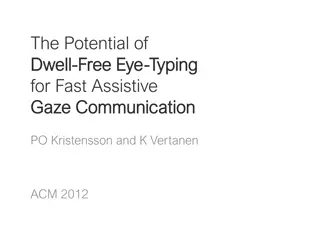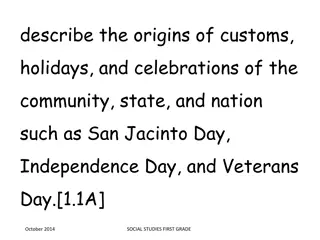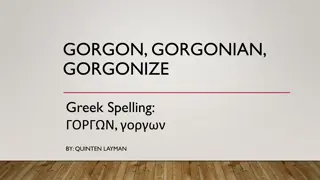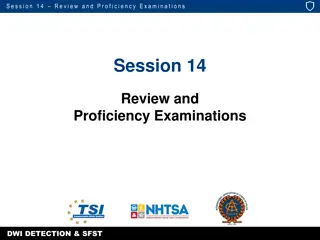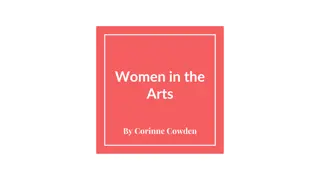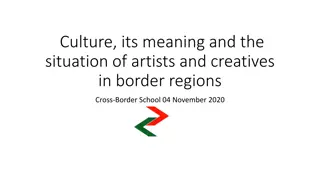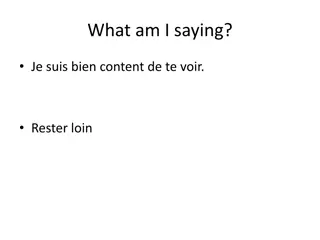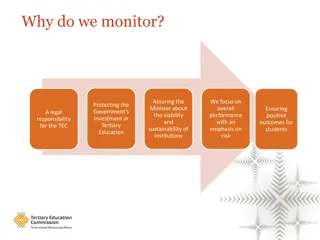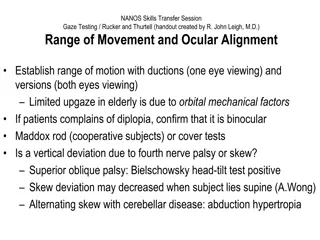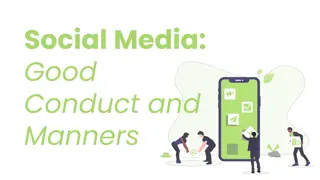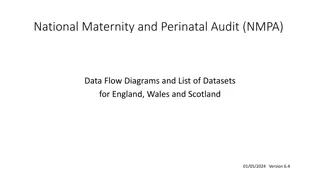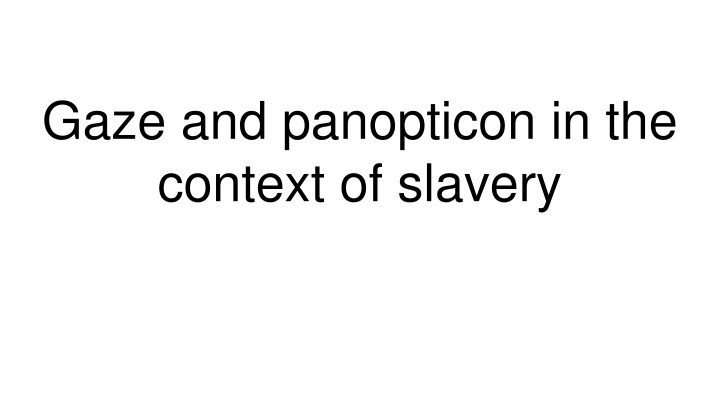
Gaze and Panopticon in the Context of Slavery
Explore the oppressive use of the gaze and Panopticon in the context of slavery, where constant surveillance and visual power were tools to dehumanize and control enslaved individuals. Discover how these mechanisms led to fear, submission, and internalized oppression, shaping power dynamics during that era.
Download Presentation

Please find below an Image/Link to download the presentation.
The content on the website is provided AS IS for your information and personal use only. It may not be sold, licensed, or shared on other websites without obtaining consent from the author. If you encounter any issues during the download, it is possible that the publisher has removed the file from their server.
You are allowed to download the files provided on this website for personal or commercial use, subject to the condition that they are used lawfully. All files are the property of their respective owners.
The content on the website is provided AS IS for your information and personal use only. It may not be sold, licensed, or shared on other websites without obtaining consent from the author.
E N D
Presentation Transcript
Gaze and panopticon in the context of slavery
The gaze: a dangerous tool to dehumanize enslaved people In the context of surveillance, gaze refers to the visual power used against indivduals or groups in order to control what enslavers consider as others . the gaze as a tool of oppression: this was the way in which powerful individuals look at those who are different from them, and transforms this difference into otherness . In the context of slavery, the gaze was used as a form of repression to maintain the status quo that benefited white enslavers. It kept black people in a position where resistance to oppression was nearly impossible, because the gaze transformed them into insecure and ashamed subjects.
The gaze This tool is impregnated with power, and its used to oppress. In slave labor camps, its manifested through constant surveillance or looks full of contempt and also public humiliations, to make enslaved people feel inferior and worthless. These tactics instilled fear and control in enslaved people, making it difficult for them to even contemplate the idea of rebellion because of the immense psychological and physical harm inflicted, not to mention the dehumanization. The gaze as a justification for violence: it allowed the white enslavers to justify violence against enslaved people by perceiving them as inferior, white enslavers felt entitled to abuse them.
Panopticon: The panopticon is a concept of constant surveillance as a method of control. It is a design for a circular prison divided into individual cells, all of which could be observed from a single vantage point. This was a form of prison architecture in which guards could maintain constant vigil over the imprisoned ( ) assumption of the incarcerated that they were always under surveillance and therefore must always act as if they were. (207). Key elements: constant surveillance: enslaved people were constantly monitored by overseers, watchtowers or trained dogs. control and submission: enslavers exerted control through punishment and forcing enslaved people to obey orders.
Panopticon The panopticon allowed overseers to monitor enslaved people at all times, making it difficult for them to escape or plan rebellions. The feeling of being constantly watched created an atmosphere of fear and anxiety among enslaved people, making them more submissive and controllable. The panopticon is not just a physical design, it is also a metaphor for the ways in which power and control are exercised in society. Enslaved people internalized the gaze of the overseers and began to police their own behavior.
panopticon and gaze produce a phenomenon known as the process of conversion Power over the subject may be exerted in myriad ways, enforced by the threat of subtle kinds of cultural and moral disapproval and exclusion. The colonized subject may accept the imperial view, including the array of values, assumptions and cultural expectations on which this is based, and order his or her behavior accordingly. (208).
the process of conversion refers to the process by which dominated and racialized people, in this case enslaved people, are forced to adopt the beliefs, values and practices of the dominant group (enslavers). This process can be voluntary or forced but it is always a form of symbolic violence as it destroys the identity of the colonized/ enslaved people. Conversion made the dominated more docile and easier to control. resistance: enslaved people resisted conversion through various means: songs that transmitted their cultural identity, or the refusal to adopt the names and surnames of their enslavers.
The loophole as a reverse panopticon in Incidents in the life of a slave girl where the roles of the observer and the observed are inverted. In conclusion, the gaze and the panopticon were two complementary tools used to exert control over enslaved people. Together they formed a powerful system of control that had a profound impact on the lives of the enslaved.









